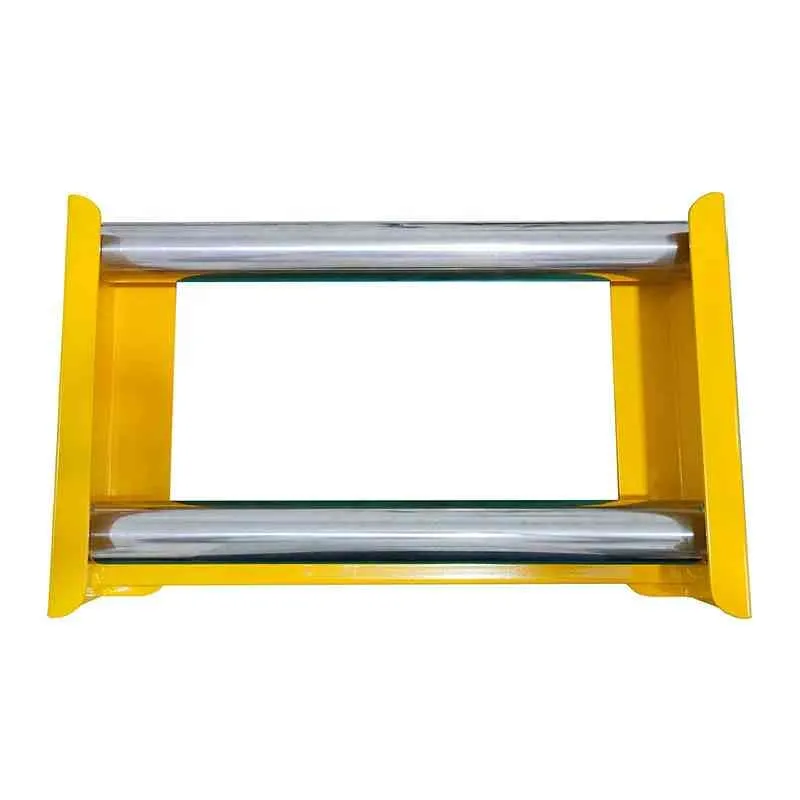
-
 Afrikaans
Afrikaans -
 Albanian
Albanian -
 Amharic
Amharic -
 Arabic
Arabic -
 Armenian
Armenian -
 Azerbaijani
Azerbaijani -
 Basque
Basque -
 Belarusian
Belarusian -
 Bengali
Bengali -
 Bosnian
Bosnian -
 Bulgarian
Bulgarian -
 Catalan
Catalan -
 Cebuano
Cebuano -
 Corsican
Corsican -
 Croatian
Croatian -
 Czech
Czech -
 Danish
Danish -
 Dutch
Dutch -
 English
English -
 Esperanto
Esperanto -
 Estonian
Estonian -
 Finnish
Finnish -
 French
French -
 Frisian
Frisian -
 Galician
Galician -
 Georgian
Georgian -
 German
German -
 Greek
Greek -
 Gujarati
Gujarati -
 Haitian Creole
Haitian Creole -
 hausa
hausa -
 hawaiian
hawaiian -
 Hebrew
Hebrew -
 Hindi
Hindi -
 Miao
Miao -
 Hungarian
Hungarian -
 Icelandic
Icelandic -
 igbo
igbo -
 Indonesian
Indonesian -
 irish
irish -
 Italian
Italian -
 Japanese
Japanese -
 Javanese
Javanese -
 Kannada
Kannada -
 kazakh
kazakh -
 Khmer
Khmer -
 Rwandese
Rwandese -
 Korean
Korean -
 Kurdish
Kurdish -
 Kyrgyz
Kyrgyz -
 Lao
Lao -
 Latin
Latin -
 Latvian
Latvian -
 Lithuanian
Lithuanian -
 Luxembourgish
Luxembourgish -
 Macedonian
Macedonian -
 Malgashi
Malgashi -
 Malay
Malay -
 Malayalam
Malayalam -
 Maltese
Maltese -
 Maori
Maori -
 Marathi
Marathi -
 Mongolian
Mongolian -
 Myanmar
Myanmar -
 Nepali
Nepali -
 Norwegian
Norwegian -
 Norwegian
Norwegian -
 Occitan
Occitan -
 Pashto
Pashto -
 Persian
Persian -
 Polish
Polish -
 Portuguese
Portuguese -
 Punjabi
Punjabi -
 Romanian
Romanian -
 Russian
Russian -
 Samoan
Samoan -
 Scottish Gaelic
Scottish Gaelic -
 Serbian
Serbian -
 Sesotho
Sesotho -
 Shona
Shona -
 Sindhi
Sindhi -
 Sinhala
Sinhala -
 Slovak
Slovak -
 Slovenian
Slovenian -
 Somali
Somali -
 Spanish
Spanish -
 Sundanese
Sundanese -
 Swahili
Swahili -
 Swedish
Swedish -
 Tagalog
Tagalog -
 Tajik
Tajik -
 Tamil
Tamil -
 Tatar
Tatar -
 Telugu
Telugu -
 Thai
Thai -
 Turkish
Turkish -
 Turkmen
Turkmen -
 Ukrainian
Ukrainian -
 Urdu
Urdu -
 Uighur
Uighur -
 Uzbek
Uzbek -
 Vietnamese
Vietnamese -
 Welsh
Welsh -
 Bantu
Bantu -
 Yiddish
Yiddish -
 Yoruba
Yoruba -
 Zulu
Zulu


11월 . 01, 2024 15:40 Back to list
Best Practices for Installing Supplemental Ground Rods in Electrical Systems
Understanding Supplemental Ground Rods Importance and Installation Guidelines
In electrical systems, safety and performance heavily rely on proper grounding. One of the critical components in the grounding system is the ground rod. While the standard grounding rod serves its purpose, the implementation of supplemental ground rods can greatly enhance safety and reliability, particularly in environments with specific electrical needs.
What is a Supplemental Ground Rod?
A supplemental ground rod is an additional grounding element installed to improve the overall grounding system of electrical installations. While a typical grounding system may only utilize one ground rod, supplemental ground rods provide an additional pathway for fault currents and help to reduce the resistance of the grounding system. This is particularly useful in areas that experience high soil resistivity, like rocky or dry landscapes, where the efficacy of a single grounding rod can be compromised.
Importance of Supplemental Ground Rods
1. Increased Safety By providing an alternative path to the ground, supplemental ground rods help to prevent electrical shock and fire hazards. In the event of a fault, these rods ensure that electricity is directed safely into the ground, minimizing risk to both equipment and personnel.
2. Enhanced Performance Electrical systems require an efficient grounding mechanism for optimal performance. Supplemental ground rods lower the resistance between the system and the ground, improving the functionality of surge protection devices and minimizing the risk of equipment damage during lightning strikes or power surges.
3. Compliance with Codes Various electrical code standards, such as the National Electrical Code (NEC) in the United States, often require specific grounding practices. Installing supplemental ground rods may be necessary to fulfill these requirements, especially for facilities that deal with sensitive electronic equipment or operate in hazardous environments.
supplemental ground rod

Installation Guidelines
When installing a supplemental ground rod, several factors must be considered for optimal effectiveness
1. Location Choose a location that ensures the rod can reach lower-resistivity soil. This is typically at least 6 feet away from existing grounding systems to avoid interference. The chosen site should also be away from structures and utilities to prevent damage during installation.
2. Depth Ground rods typically need to be driven into the soil at least 8 feet deep, though this may vary based on soil conditions and local codes. The goal is to achieve the best electrical connection with the earth.
3. Materials Use high-quality materials for the ground rod and connections. Copper or galvanized steel rods are common choices due to their durability and conductivity. Ensure all connections are tight and resistant to corrosion to maintain a reliable grounding system over time.
4. Testing After installation, it's crucial to test the grounding system's resistance. Proper grounding should have a resistance of 25 ohms or less, though specific requirements may vary depending on local regulations and the type of system being grounded.
Conclusion
Supplemental ground rods are an essential element for enhancing electrical safety and performance. By understanding their importance and following the appropriate installation guidelines, you can ensure your electrical system remains safe, efficient, and compliant with regulatory standards. Investing in supplemental grounding solutions is a proactive measure that contributes not only to safety but also to the longevity and reliability of your electrical infrastructure.
Latest news
What Are Construction Tools and How Are They Used?
NewsJul.11,2025
Professional-Grade Duct Rodding Tools for Superior Cable Installation
NewsJul.11,2025
Enhancing Safety and Efficiency with Modern Hot Stick Solutions
NewsJul.11,2025
Empowering Cable Installation with Advanced Rodder Solutions
NewsJul.11,2025
Elevate Your Cable Installation Projects with Cable Pulling Tools
NewsJul.11,2025
Efficient Cable Handling Solutions: Cable Rollers for Sale
NewsJul.11,2025











